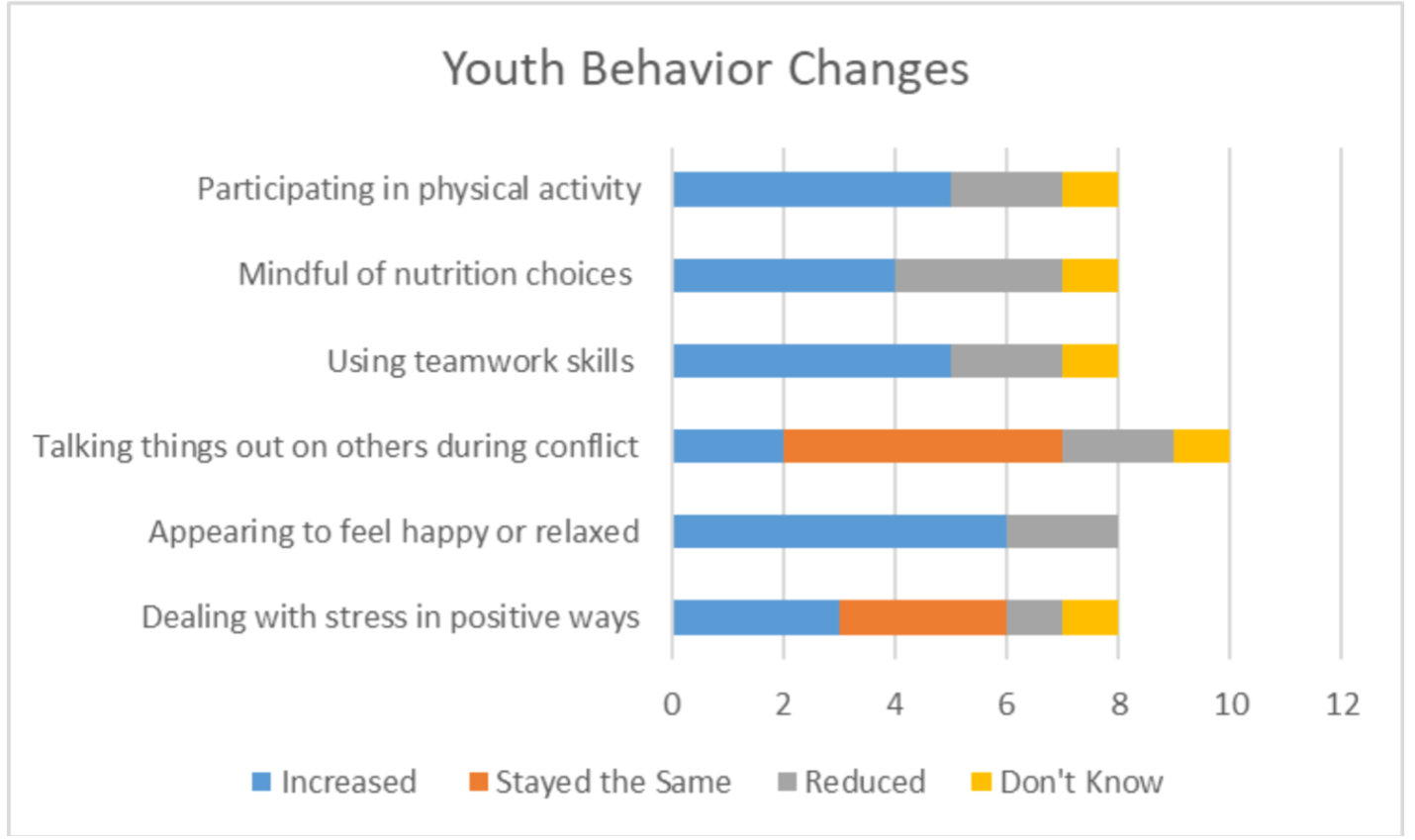General Pediatrics
Session: General Pediatrics 2
244 - Evaluating the Utility of Shared Curricular Toolkits and Training Among Out of School Peoria Sites: Peoria Youth Wellness Community Partnership
Friday, May 3, 2024
5:15 PM - 7:15 PM ET
Poster Number: 244
Publication Number: 244.474
Publication Number: 244.474
.jpg)
Annie Zhu (she/her/hers)
Medical Student
University of Illinois College of Medicine
Peoria, Illinois, United States
Presenting Author(s)
Background: Pandemic related increases in youth obesigenic behaviors, mental health concerns, and reduced school performance can be potentially mitigated by out of school time (OST) programming. To better meet the needs of vulnerable youth living in poverty, a regional OST coalition planned to increase healthy habits and social emotional learning by sharing staff training and curricular toolkits.
Objective: The study aims are to test the feasibility and effectiveness of this collaborative approach on improving OST programmatic capacity and well-being of youth participants.
Design/Methods: This is a prospective study of 10 participating OST sites during summer and fall of 2023 programming. After training and implementation of the curriculum—which included Nutrition, Physical Activity, Yoga, Team-building, and a Social Emotional Ethical (SEE) curriculum—program instructors and directors reported perceived effectiveness, ease of implementation, youth engagement, and suggested improvements. Participating youth’s (ages 6 to 13 years) health habits and social emotional well-being were measured at the start and end of summer and fall sessions. Descriptive analysis of program level outcomes were used and the Wilcoxon signed-rank test was applied to youth well-being measures.
Results: Interim summer programming results show that 10 sites served 432 K-8th grade students with 78% identifying as Black. 80% of sites used Yoga and Nutrition toolkits and 40% used Team-building and Physical Activity toolkits with almost all sites stating they would use the toolkit again. Instructors/Directors reported that most youth improved in healthier nutrition and physical activity choices but interpersonal conflict was the same or worse. (Figure 1) All directors reported that toolkits were easy to implement, added variety and expanded existing programming. Suggested improvements included increased training accessibility and younger age-matched optional content for certain activities. Youth enjoyed the increased variety of activities and are open to using the toolkits again.
Conclusion(s): Shared toolkits had high acceptability and were useful in increasing the variety and capacity of programming at OST sites. Delayed implementation of the more robust SEE curriculum and training until the fall may explain the lack of impact on observed persistent summer youth interpersonal conflict. Fall youth social interactions will be compared among sites adopting SEE curriculum and those that do not. Youth health habit and social emotional data for both sessions will be analyzed after the completion of the fall session.

